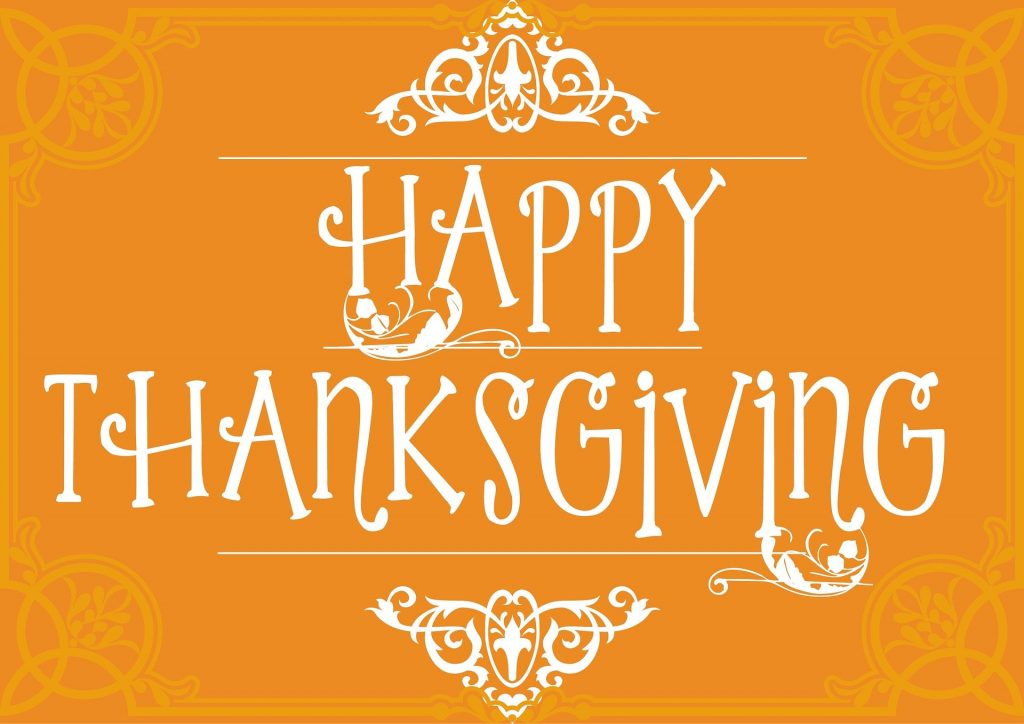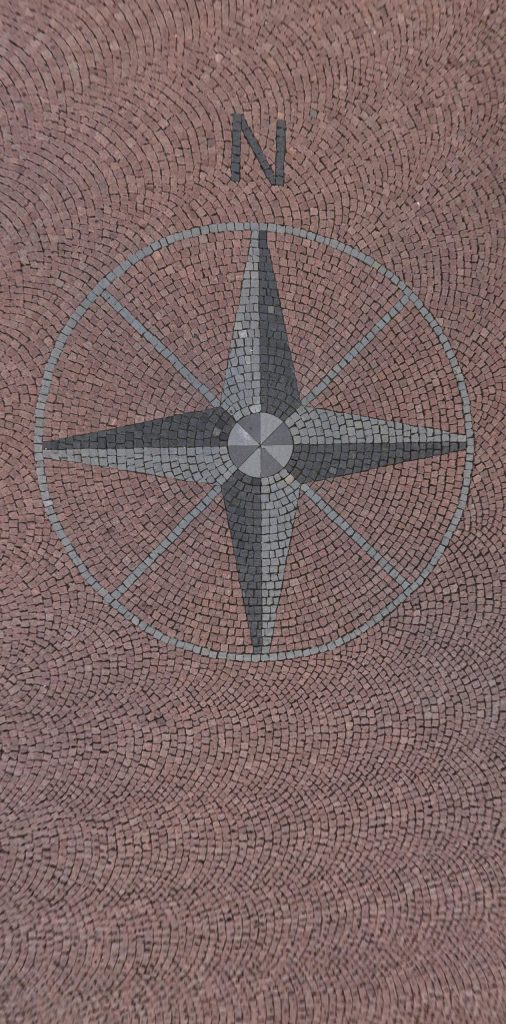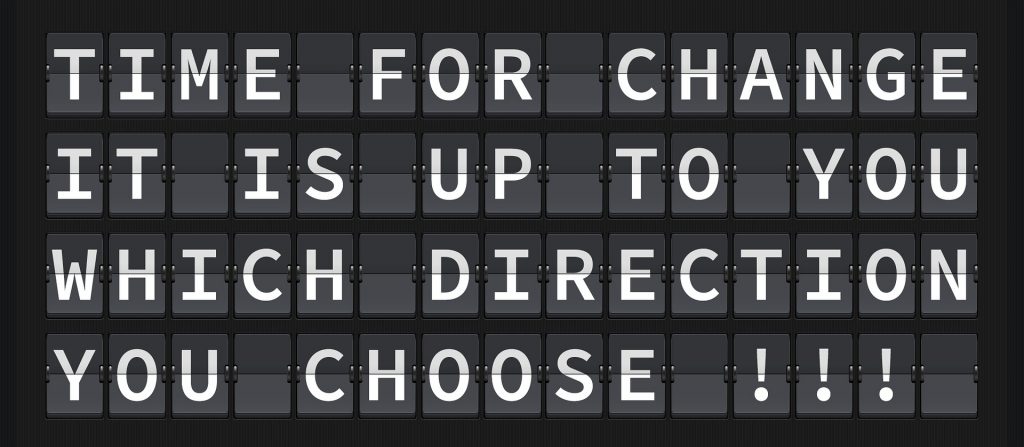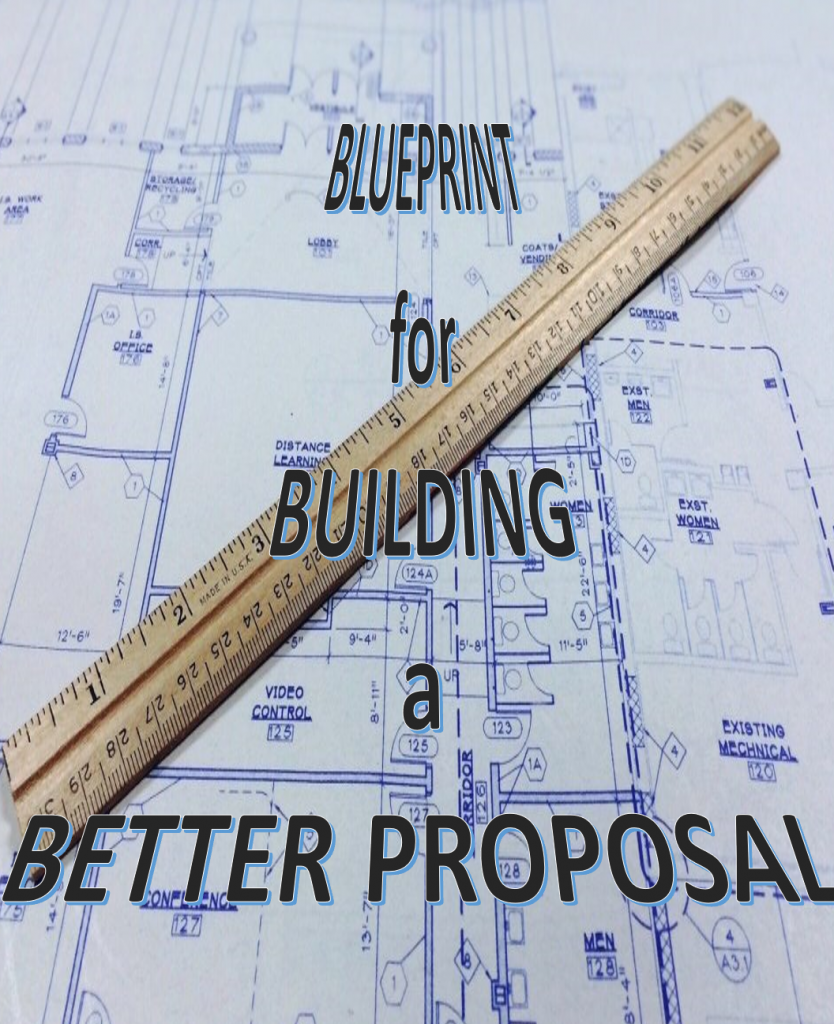Finding a Balance of Looking to the Future and Being in the Present

Time is the most valuable commodity we have at our discretion. You’ve heard the saying “time is money”. I would argue that time is MORE than money. Money is a form of exchange for a service or product. We have some control over how fast our money goes…not so with time.
There is no limit to money. I know this sounds a little over the top, but as long as money can be printed there’s no limit. Even if we ran out of the resources needed to make money, we could find something to trade or barter with.
There is a limited amount of time.
Time is continually moving. There is no stopping or slowing it to get more done. If we spend a dollar, we can go make two more. Once time is spent…there’s no getting any more.
I never wanted to be a clock watcher.

When I was younger and saw people looking at their watch, I felt they were being selfish. They appeared more concerned about their time than the person(s) they were engaging with. This bothered me.
I then took this perspective too far. I often ran behind because I didn’t want to cut off a person that I was visiting with. (It didn’t help that by nature I’m a talker.) I wanted my customers to feel that they were more than just time blocked out on the calendar or a dollar in the bank.
Watching the clock made me feel selfish.
It made me feel that my schedule was more important than finding out what the customer hoped to accomplish with their project. It put my needs above theirs.
High quality, attention to detail and not being satisfied with mediocrity all take time. By nature, these are a part of who I am. Watching the clock is counter to that. My best work is never accomplished when I cut corners.
The flip side of this is…when I’m late to my next appointment or don’t get that thing done that I promised it is no different. I’m saying to someone else, you’re not as important as what I was doing.

There is a balance to be achieved.
How do we accomplish the things we need/want to? Too often we let others make these decisions for us. It starts with a clear understanding of what our priorities are. What is our purpose? What has God put us here to accomplish? From this we can align our actions with these priorities.
Next comes figuring out how to get control of these actions. This is where action lists, scheduling and calendaring come in. It’s up to you to be intentional with how you spend that limited amount of time that you have. (For more information and tools for scheduling and planning see the list at the end of this post)
As this year comes to an end I’m beginning to think about planning for the new year. What should I do? Where should I spend my time?
It has been said, “You can do anything you want; you just can’t do everything you want.” This perspective is critical to our spending of time. What are we going to spend our time doing? Plan wisely and don’t be afraid to watch the clock.
Align your desires with God’s and be your most productive self.
- How to Get Control of Your Life
- Opening the Toolbox and Looking at OneNote
- Writing it Down Makes it More Real
- How I Use Outlook to be Better Organized
- Putting the Right Pieces in the Right Places
- You’ll Never Get the Things You Want Done Without Being Reminded
- There’s Enough Time to Do Everything That You Should




































